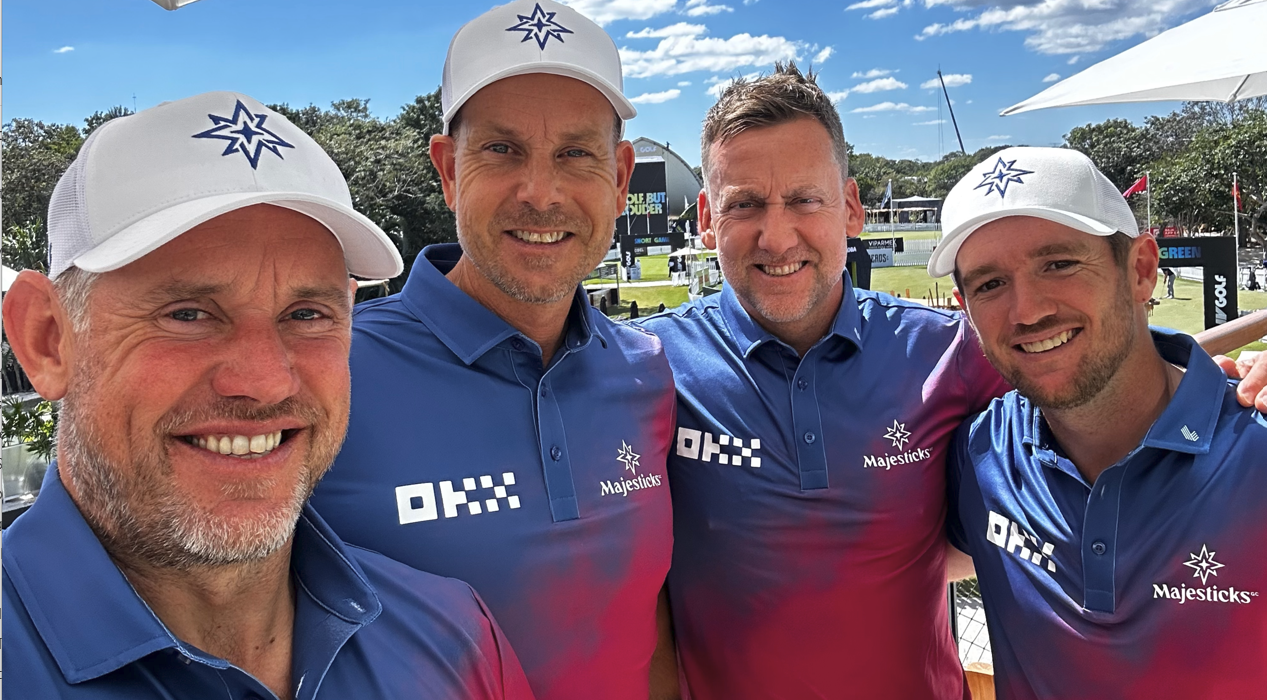November 2, 2021
Time to Fall in Love with Your KPIs
The World Series points out again that no sport is more in love with their numbers than Major League Baseball. I grew up with Earned Run Average, Walks and Strikeouts Per Inning Pitched, Fielding Average, and Batting Average. At some point, they added On Base Percentage. Five or six metrics were all I needed. I could tell good from the bad. I could easily see if a player was improving. I could evaluate if an opposing pitcher was likely to beat my team just by checking a few statistics. Now, they measure everything. I consider myself a pretty good fan, yet I have no idea what half those numbers mean. The TV is on, and my phone is open to a search page so I can look up the latest acronym only to forget it shortly after.
If you’re measuring your operations, don’t fall into that trap of over-analyzing when it comes to KPIs (Key Performance Indicators).
Take the time to determine what KPIs are critical to the success of your business. Keep it simple at the start. Eventually, your KPIs will get more detailed as your operation gets better. That is part of continuous improvement.
“When you measure everything, you measure nothing.” Bob Gower.
Avoiding analysis paralysis
A common saying used when gathering data is “analysis paralysis.” Good luck trying to get a level of detail that ensures you can create foolproof decisions. At some point, the experience needs to mesh with data. Your hourly associates are a great source for this experience and are often an overlooked resource.
As you launch this journey, look at the KPIs that have the greatest impact on your customer as your initial measurement set.
Here are some KPIs to consider:
- Safety – It is the most critical KPI you can track. It is the basis for your culture and employee engagement.
- Service – Are you meeting the shipping promise you made to your customer?
- Quality – Did the product, quantity, shipping address, and quality match what the customer ordered?
- Inventory – Is the inventory correct at the location level?
- Cost – Are your operating expenses in line with the established budget for your operation. Note that this is last.
If there’s failure at the first four measures on this list, cost becomes irrelevant. While it’s vital to ensure profitability, the point here is that you need to determine the cost of leading a safe, high service, high-quality inventory operation. If inventory is poor, it doesn’t matter how the cost is running. You will be out of business.
Just five KPIs to track. That’s a piece of cake, right?
Each KPI will have layers. While you want to make sure to not over-complicate this voyage, it’s a good idea to keep your measures to a minimum yet robust enough to be actionable.
A deeper dive into those KPI’s:
Safety:
The default here needs to be recordable incidents compared to standard hours worked, based on your employee population. There is a specific OSHA calculation for this metric. However, it is a lagging indicator. Where possible you want leading indicators. Suggestions:
Near miss reporting – Do you have the team looking for and avoiding potential problems?
Safety walks complete – Are you putting in the time to review your facility and processes for danger and correcting those situations?
Safety committee meetings held on schedule – Do you have a team of cross-functional teammates meeting on a schedule? Are their suggestions being considered and acted upon when needed?
Inventory:
Accurate inventory is the basis for a high-performing operation. Inaccurate inventory will drive failures in service, quality, and cost goals.
Incorrect items in inventory – This will be a quality failure if it is not caught, and the customer gets the wrong item. The wrong item can cause a service issue if the error is caught but not in time to ship to the customer commitment. Then there are cost overruns to correct the inventory to the right part number.
Correct items but in the wrong location – Service failures while the correct item is found and cost overruns to correct the location mistakes.
Inventory counting process errors – Not following the counting discipline will create inventory variances driving service failure and cost issues.
Service:
You need cut-off times established with your customer-facing organizations so they can commit order shipping expectations to customers. Misses to the agreed-upon service level needs to be dissected to work toward a root cause:
- Packed too late
- Transportation pickup issue
- Inventory not available
- Customer request or credit issue
- Systems issue stopping the process or the data flow
Quality:
The customer is disappointed. Assuming the shipment was on time, what happened?
- Shipped the wrong product?
- Shipped the wrong quantity?
- Shipped to the wrong address?
- Shipped damaged product?
Cost:
We have a budget or another financial goal that we missed. Why?
- Our direct productivity (cost per line as an example) was too high.
- Our indirect productivity (labor spent not receiving, picking, or shipping orders) was too high.
- Our inventory adjustments caused a financial loss.
Five KPIs if managed correctly will generate a ton of analysis. Avoid the temptation to expand these metrics and focus on a manageable set of KPIs. If you get good at these KPIs, you may not need them anymore.
Educate Your Team on KPI’s
As you embark on this project, you need to make sure that these KPIs are understood by your entire team. KPIs need to be what is discussed at every start-up meeting, every leadership meeting, and these are the performance indicators that you share with your leadership and peers.
Make these KPIs the language of your operation.
“If you can’t measure it, you can’t improve it.” Peter Drucker.
KPIs are the communication tool of continuous improvement.
- Establish a manageable set of customer critical KPIs
- Fight scope creep
- Don’t lose the capacity to analyze your data. If you lose that capacity, your process improvement evolution will fail.
Major League Baseball has 30 different measurements just for hitting and 37 for pitching. Let’s not be like Major League Baseball as you build out your KPIs.






















